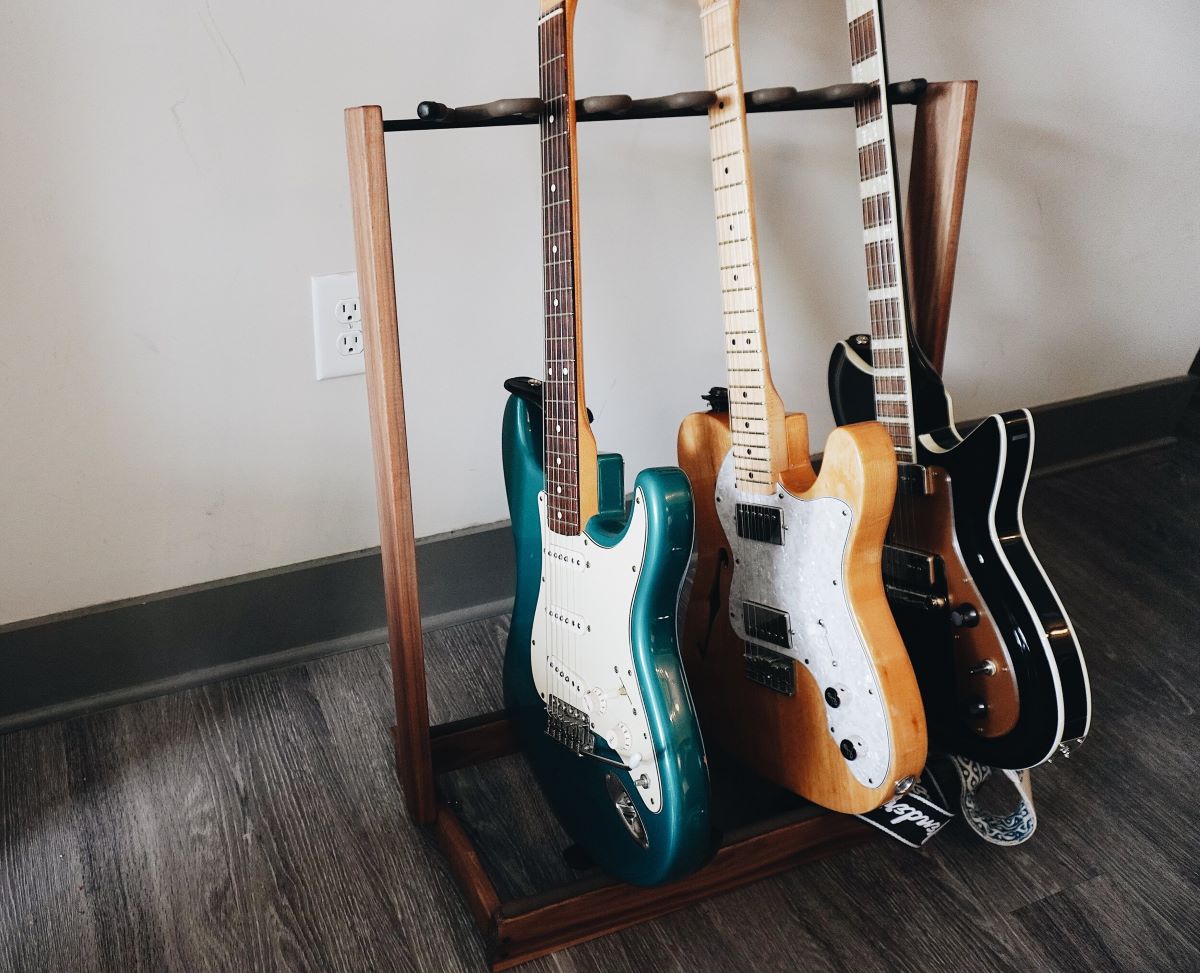

Articles
How To Store An Electric Guitar
Modified: January 20, 2024
Learn how to store your electric guitar properly to protect it from damage and ensure its longevity. Read our informative articles for expert tips and advice.
(Many of the links in this article redirect to a specific reviewed product. Your purchase of these products through affiliate links helps to generate commission for Storables.com, at no extra cost. Learn more)
Introduction
Storing an electric guitar properly is essential to keep it in optimal condition and protect it from damage. Whether you’re a musician or a collector, taking the necessary precautions will ensure that your guitar stays safe, both in the short term and for years to come. In this article, we will discuss the steps involved in storing an electric guitar to help you maintain its quality and prolong its lifespan.
From choosing the right case to monitoring humidity levels, here are some tips to help you store your electric guitar correctly:
Key Takeaways:
- Properly storing an electric guitar involves choosing the right case, loosening strings, and monitoring humidity to protect the instrument from damage and ensure its longevity.
- Regular cleaning, removing accessories, and re-tuning before and after storage are essential steps to maintain an electric guitar’s quality and optimal performance.
Read more: How To Store Electric Guitar
Choose the Right Case or Gig Bag
One of the most important factors in storing an electric guitar is selecting the right case or gig bag. These protective coverings not only keep your guitar safe from physical damage but also provide insulation from temperature and humidity fluctuations.
If you’re planning to store your guitar for an extended period or need to transport it frequently, a hardshell case is the best option. These cases are made of durable materials such as wood or molded plastic, offering superior protection against impacts or accidents. The interior of the case is usually lined with plush padding, providing a cushioned environment for your guitar.
If you’re looking for a more lightweight and portable option, a gig bag can be a suitable choice. These soft cases are typically made of heavy-duty nylon or canvas material and feature padding to protect your guitar from bumps and scratches. Gig bags often include additional pockets for storing accessories like picks, cables, and spare strings.
When choosing a case or gig bag, make sure it is the right size and shape for your guitar. Electric guitars come in various styles and sizes, so selecting a case that fits properly is crucial. A well-fitted case or gig bag will prevent the guitar from moving around inside, reducing the risk of damage.
Additionally, consider investing in a case or gig bag with sturdy closures, such as heavy-duty zippers or latches, to ensure the guitar remains securely enclosed. Some cases even have lockable features for added security, which can be particularly beneficial if you’re storing the guitar in a shared space or leaving it unattended for an extended period.
Remember, choosing the right case or gig bag is the first step in properly storing an electric guitar. By providing proper protection and insulation, you can safeguard your instrument against potential damage and keep it in optimal condition.
Loosen the Strings
Before storing your electric guitar, it’s important to loosen the strings to relieve tension on the neck and prevent warping or damage. Tight strings can exert excessive pressure on the neck, leading to unwanted bowing or even structural issues over time.
To loosen the strings, start by turning the tuning keys in a counterclockwise direction. Gently loosen each string until they feel noticeably slack. Be careful not to loosen them too much to the point where they come completely loose, as this can cause the strings to unravel or become tangled.
Loosening the strings not only helps protect the neck but also reduces the risk of breaking a string while storing or transporting the guitar. Broken strings can be a hassle to replace, especially if you’re planning to store the guitar for an extended period.
However, keep in mind that loosened strings may affect the guitar’s setup and tuning when you eventually want to play it again. When you take the guitar out of storage, remember to retune and readjust the strings before playing to ensure optimal sound and playability.
By loosening the strings before storing your electric guitar, you can prevent unnecessary stress on the neck and maintain its structural integrity. This simple precaution can go a long way in preserving the quality and lifespan of your instrument.
Adjust the Truss Rod
Another crucial step in storing an electric guitar is adjusting the truss rod. The truss rod is a metal rod that runs along the neck of the guitar, providing stability and counteracting the tension exerted by the strings. Over time, changes in temperature and humidity can cause the neck to bow or warp, affecting the playability and overall performance of the instrument.
To adjust the truss rod, you will need an appropriate truss rod wrench or Allen key that fits the adjustment nut located at the base of the neck. It’s essential to follow the manufacturer’s instructions or consult a professional if you’re unsure about making truss rod adjustments.
Start by assessing the neck’s curvature by sighting down the length of the fingerboard. Ideally, you want a slight relief where the center of the neck curves slightly away from the strings. If there is too much bow or backbow, you might need to adjust the truss rod to correct the neck’s alignment.
When making truss rod adjustments, it’s crucial to make small, incremental changes. Turn the truss rod wrench clockwise to tighten and counteract backbow or counterclockwise to loosen and add relief. It’s important to be patient and make gradual adjustments, as excessive tightening or loosening can potentially damage the neck.
Remember that truss rod adjustments should be done with caution and only if necessary. If you are unsure about how to adjust the truss rod or if you’re experiencing significant issues with the neck’s curvature, it’s best to seek the assistance of a professional guitar technician.
By adjusting the truss rod before storing your electric guitar, you can help maintain the neck’s proper alignment and prevent any potential damage caused by temperature and humidity changes. This small but significant step will contribute to your guitar’s longevity and playability in the long run.
Clean the Guitar
Proper cleaning is an essential part of storing an electric guitar. Dust, dirt, and fingerprints can accumulate on the body, fretboard, and hardware, potentially causing damage or affecting the instrument’s performance. Cleaning your guitar before storing it will help maintain its aesthetic appeal and prevent any long-term issues.
Here are some steps to follow when cleaning your electric guitar:
- Body: Use a soft, lint-free cloth to wipe down the body of the guitar. Remove any smudges or fingerprints gently. If your guitar has a glossy finish, you can use a guitar polish or cleaner specifically designed for the guitar’s finish type. Be cautious not to apply too much pressure or use abrasive materials that could damage the finish.
- Fretboard: Clean the fretboard using a damp cloth or a specialty fretboard cleaner. Be sure to remove any excess dirt or grime from between the frets. If your fretboard is made of rosewood or other porous materials, you can condition it with lemon oil to help moisturize and protect the wood.
- Strings: Take a clean cloth and gently wipe each string to remove any dirt or debris. This will help prolong the life of the strings and prevent corrosion. If needed, you can also use a string cleaner or lubricant to keep the strings in good condition.
- Hardware: Use a soft cloth to clean the hardware, such as the bridge, tuners, and pickups. Pay attention to any areas with accumulated dirt or grime. For metal hardware, you can use a metal polish to restore its shine and remove any oxidation.
- Electronics: If your electric guitar has exposed electronics, such as control knobs or switches, use an electronics cleaner or contact cleaner to remove any dirt or dust. Ensure that the guitar is unplugged before applying any cleaning products to the electronics.
Regular cleaning helps prevent dirt buildup, which can be particularly problematic if left unaddressed for an extended period. By keeping your guitar clean, you not only maintain its visual appeal but also contribute to its overall longevity and performance.
Read more: How To Store A Guitar
Remove the Guitar Strap
When storing an electric guitar, it’s important to remove the guitar strap. While a strap is essential for playing comfort and convenience, leaving it attached to the guitar during storage can potentially cause damage.
Here are a few reasons why it’s necessary to remove the guitar strap before storing:
- Avoid Pressure Points: A guitar strap typically attaches to the body of the guitar at specific points, such as strap buttons or strap locks. Leaving the strap attached for an extended period can create pressure points on the body, resulting in indentations or damage to the finish.
- Prevent Wear and Tear: The constant tension and movement of the strap can rub against the surface of the guitar, causing wear and tear over time. This can result in scratches, scuffs, or even deeper damage to the body or hardware.
- Ensure Proper Storage: Removing the strap makes it easier to store the guitar in a case or gig bag. With the strap removed, you can securely position the guitar and avoid any potential entanglements or snags during transport or storage.
- Preserve Strap Quality: Detaching the strap allows you to inspect and clean it separately, ensuring it remains in good condition. This is particularly important for leather straps that may require conditioning or cleaning to maintain their quality and prevent deterioration.
By removing the guitar strap before storage, you protect your instrument from unnecessary damage and ensure its overall longevity. It’s a simple yet essential step to consider when preparing your electric guitar for storage.
Store your electric guitar in a climate-controlled environment to prevent damage from extreme temperatures and humidity. Use a guitar stand or wall hanger to keep it off the ground and away from potential hazards.
Detach Any External Accessories
In addition to removing the guitar strap, it’s crucial to detach any external accessories from your electric guitar before storing it. External accessories such as capos, pedals, whammy bars, or any other attachments should be removed to ensure the guitar remains protected and in optimal condition during storage.
Here are a few reasons why detaching external accessories is important:
- Prevent Damage: External accessories can scratch or damage the guitar’s surface if left attached during storage. Removing them reduces the risk of accidental bumps or scratches that can compromise the instrument’s aesthetics or even affect its playability.
- Ensure Proper Storage: Detaching external accessories makes it easier to store and transport the guitar in its case or gig bag. Accessories can take up additional space, making it challenging to fit the guitar securely and leaving room for potential damage or shifting during transportation.
- Preserve Accessory Quality: Some accessories, such as pedals or effects units, may require separate maintenance or cleaning. Detaching them allows you to inspect, clean, or replace batteries if needed, ensuring they continue to function properly and perform as intended.
- Prevent Misplacement or Loss: Small accessories like picks, tremolo arms, or capos can easily be misplaced if left attached to the guitar. By removing them and storing them separately, you minimize the risk of losing these valuable accessories and keep them organized for future use.
Take the time to carefully detach any external accessories from your electric guitar before storing it. Store the accessories in a secure location, such as a dedicated accessory pouch or compartment in your guitar case, to ensure they stay safe and easily accessible when you need them.
By removing external accessories, you help protect your electric guitar from potential damage, maintain the condition of the accessories, and ensure a hassle-free storage experience.
Store in a Safe and Dry Location
Choosing the right storage location is crucial for maintaining the condition of your electric guitar. To ensure its longevity and protect it from potential damage, store your guitar in a safe and dry environment.
Here are some key considerations when selecting a storage location:
- Avoid Temperature Extremes: Extreme temperature fluctuations can cause significant harm to your guitar. Excessive heat can warp the neck or damage the finish, while extreme cold can affect the structural integrity of the instrument. Choose a location where the temperature is stable, preferably within a range of 45-75 degrees Fahrenheit (7-24 degrees Celsius).
- Control Humidity: High humidity levels can lead to swelling, warping, or even mold growth on your electric guitar. On the other hand, low humidity can cause the wood to shrink, resulting in cracks or other issues. Aim for a relative humidity level of around 45-55% to maintain the ideal moisture balance for your instrument.
- Avoid Direct Sunlight: Prolonged exposure to direct sunlight can fade the color of your guitar’s finish and cause it to deteriorate over time. Choose a storage location away from windows or choose a case that provides UV protection if your guitar will be exposed to natural light.
- Prevent Moisture Damage: Keep your guitar away from areas prone to moisture, such as basements, attics, or bathrooms. Moisture can damage the wood, rust the hardware, or even cause electrical issues in electric guitars. Consider using moisture absorbers or dehumidifiers to maintain an optimal environment.
- Protect from Dust and Dirt: Store your guitar in a clean, dust-free area to prevent particles from settling on the instrument’s surfaces. You can use a guitar case or gig bag that provides proper protection or invest in a display case or wall mount if you prefer a more visible storage option.
By selecting a safe and dry location for your electric guitar, you minimize the risk of environmental damage and ensure the instrument stays in excellent condition. Taking these precautions will help preserve its playability and value.
Monitor the Humidity Level
Humidity plays a significant role in the health and longevity of your electric guitar. Excessive moisture or dryness can cause damage to the wood, affect the instrument’s playability, and even lead to costly repairs. Therefore, it is crucial to monitor and maintain the humidity level in the storage area.
Here are some tips for monitoring and controlling humidity:
- Use a Hygrometer: A hygrometer is a device that measures the relative humidity in the air. Place a hygrometer in the storage area to monitor the humidity levels regularly. This will help you identify any fluctuations and take necessary measures to control them.
- Invest in a Humidifier or Dehumidifier: Depending on the climate and region you live in, you may need to use a humidifier or dehumidifier to maintain the ideal humidity level for your electric guitar. If the humidity is too low, use a humidifier to add moisture to the air. If the humidity is too high, use a dehumidifier to remove excess moisture.
- Seal the Storage Area: Ensure that the storage area is well-sealed to prevent outside humidity from affecting your guitar. This is especially important when using a humidifier or dehumidifier. Make sure windows, doors, and any other openings are properly sealed to maintain a consistent humidity level.
- Avoid Drastic Temperature Changes: Rapid changes in temperature can lead to sudden changes in humidity levels. Try to keep the storage area at a stable temperature to prevent drastic shifts in humidity. This will minimize the stress on your guitar and help maintain its structural integrity.
- Consider a Guitar Humidification System: In regions with extremely dry conditions, you may need to invest in a guitar humidification system. These systems provide a controlled environment for your guitar, ensuring that it remains at the proper humidity level even in dry climates.
Monitoring and controlling the humidity level in your guitar’s storage area is essential for preventing damage and maintaining its overall health. By taking these precautions, you can ensure that your electric guitar stays in optimal condition and is ready to be enjoyed whenever you’re ready to play.
Read more: How To Store Guitars
Re-tune the Guitar
One important step before storing your electric guitar is to re-tune it. Changes in temperature, humidity, and the loosening of strings during storage can cause the guitar to go out of tune. Re-tuning the guitar ensures that it is ready to play when you take it out of storage and helps maintain optimal sound and performance.
Here’s how you can re-tune your electric guitar:
- Use a Reliable Tuner: Use a chromatic tuner or a tuning app on your smartphone to accurately tune each string. These tools will help you tune the guitar to the correct pitch and ensure accurate intonation.
- Tune Each String: Start with the thickest string (low E) and work your way towards the thinnest string (high E). Pluck the string gently and adjust the tuning pegs as necessary to match the pitch indicated on your tuner. Repeat this process for each string.
- Check Intonation: After tuning the guitar, check the intonation by playing each string open and then fretting it at the 12th fret. The pitch should remain the same. If there is a noticeable difference in pitch, you may need to make adjustments to the saddle or bridge to correct the intonation. This step is optional but can help ensure accurate tuning across the entire fretboard.
- Listen for Stability: After tuning, play a few chords or notes and listen for any signs of instability or out-of-tuneness. If you notice any issues, re-tune the affected strings and double-check the overall tuning of the guitar. It may take a few rounds of tuning to achieve stable and accurate tuning.
By re-tuning your electric guitar before storing it, you eliminate any potential issues that may arise due to the loosening of strings or environmental factors. This also ensures that your guitar is ready to be played when you take it out of storage, saving you time and frustration.
Remember, even if you have stored your guitar properly, it is common for it to require re-tuning once you take it out of storage. Changes in temperature and humidity can impact the strings’ tension, so it’s a good practice to re-tune every time before you start playing.
Conclusion
Properly storing an electric guitar is essential for preserving its condition, protecting it from damage, and ensuring its longevity. By following the steps outlined in this article, you can take the necessary precautions to keep your guitar safe and in optimal playing condition.
Choosing the right case or gig bag provides crucial protection, while loosening the strings and adjusting the truss rod help relieve tension and maintain the guitar’s structural integrity. Regular cleaning and removing external accessories prevent damage and keep the guitar in top shape.
Storing your electric guitar in a safe and dry location, as well as monitoring and controlling the humidity level, are vital for preventing environmental damage. Re-tuning the guitar before and after storage ensures that it remains in tune and ready to play.
Remember, each step plays a significant role in maintaining the quality and longevity of your electric guitar. Taking the time to properly store and care for your instrument ensures that it will continue to bring you joy for years to come.
So, whether you’re a musician, a collector, or simply someone who values their electric guitar, follow these guidelines to store it effectively and enjoy its optimal performance whenever you pick it up to play.
Frequently Asked Questions about How To Store An Electric Guitar
Was this page helpful?
At Storables.com, we guarantee accurate and reliable information. Our content, validated by Expert Board Contributors, is crafted following stringent Editorial Policies. We're committed to providing you with well-researched, expert-backed insights for all your informational needs.

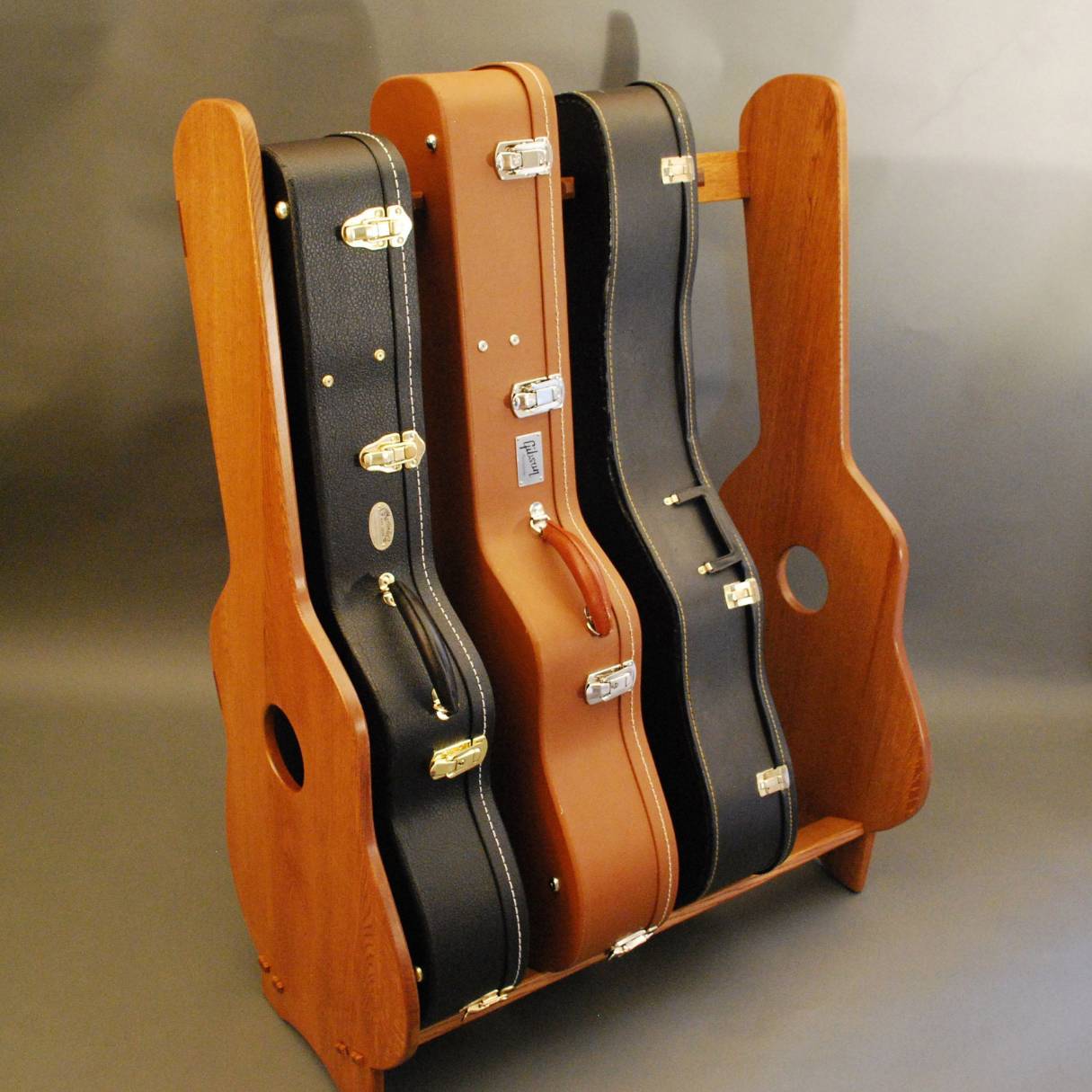

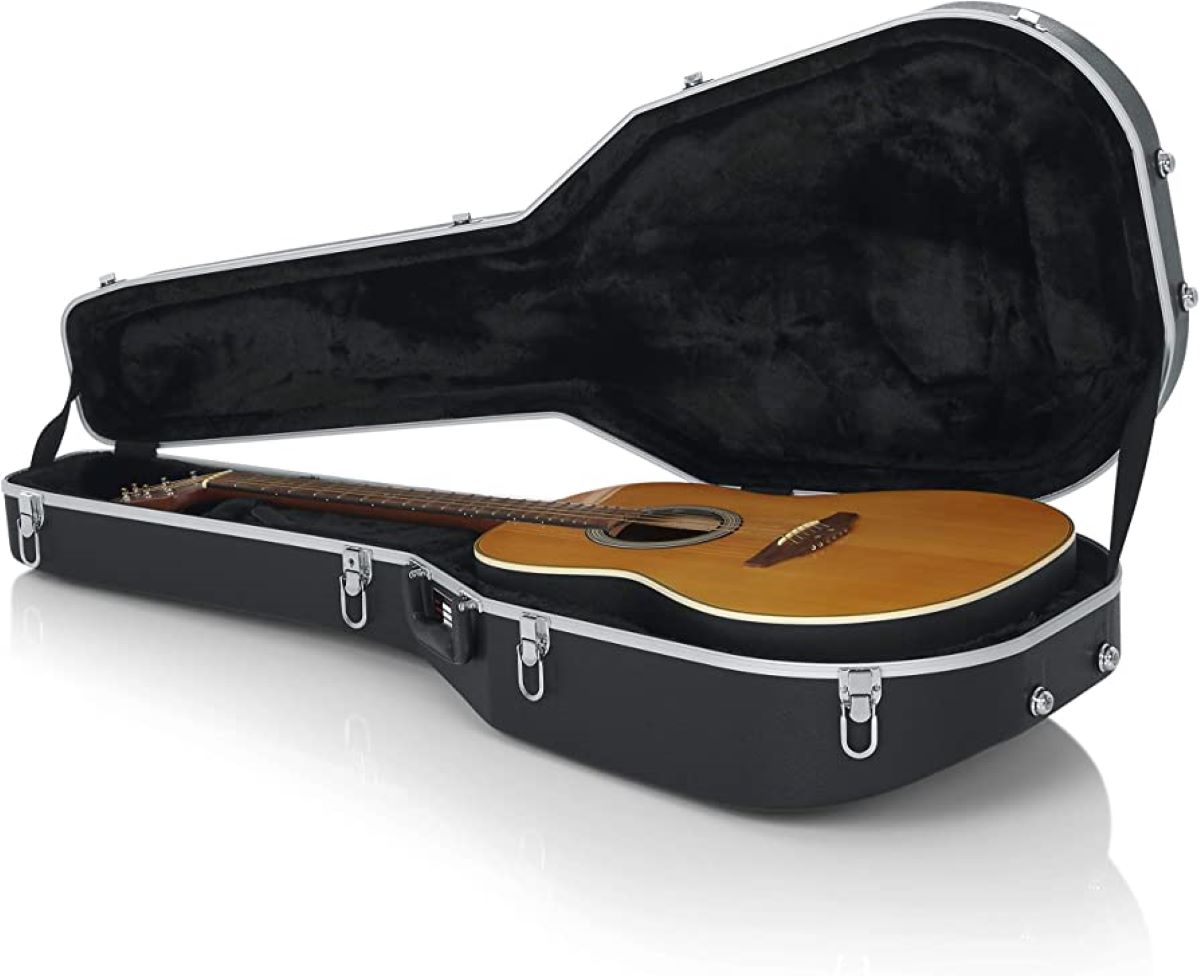
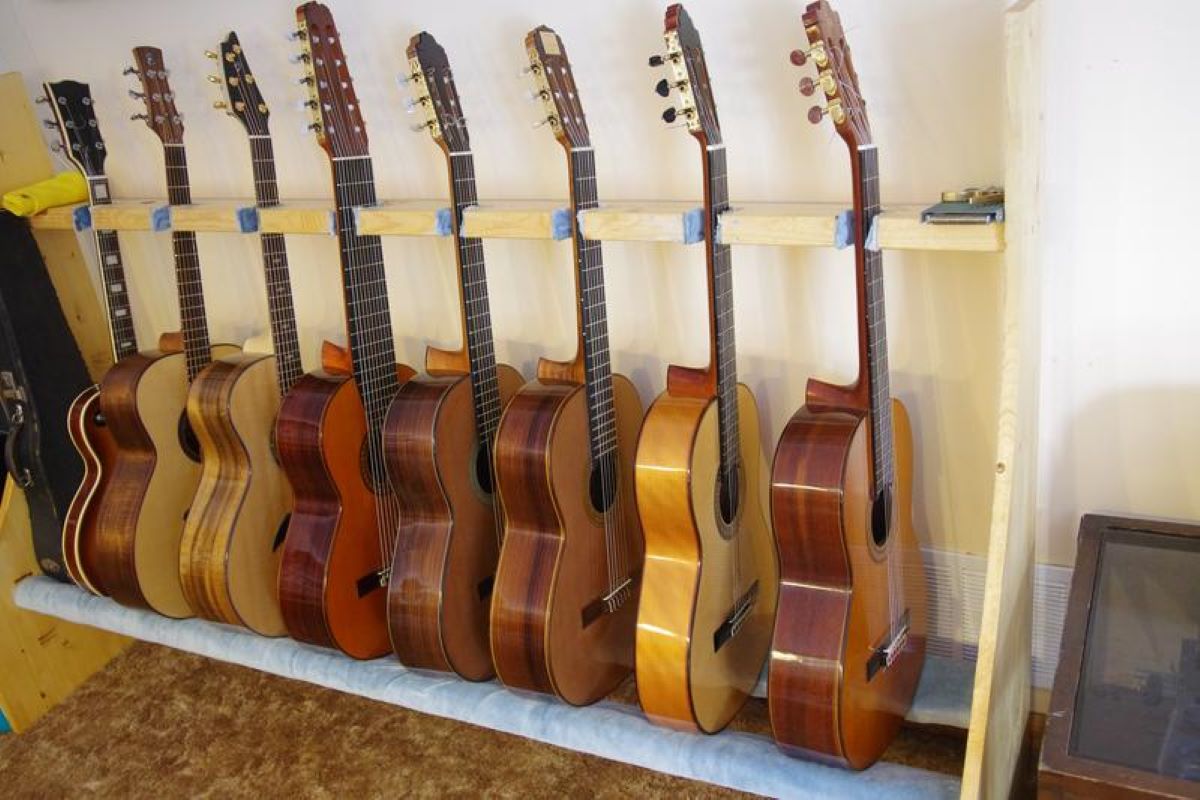
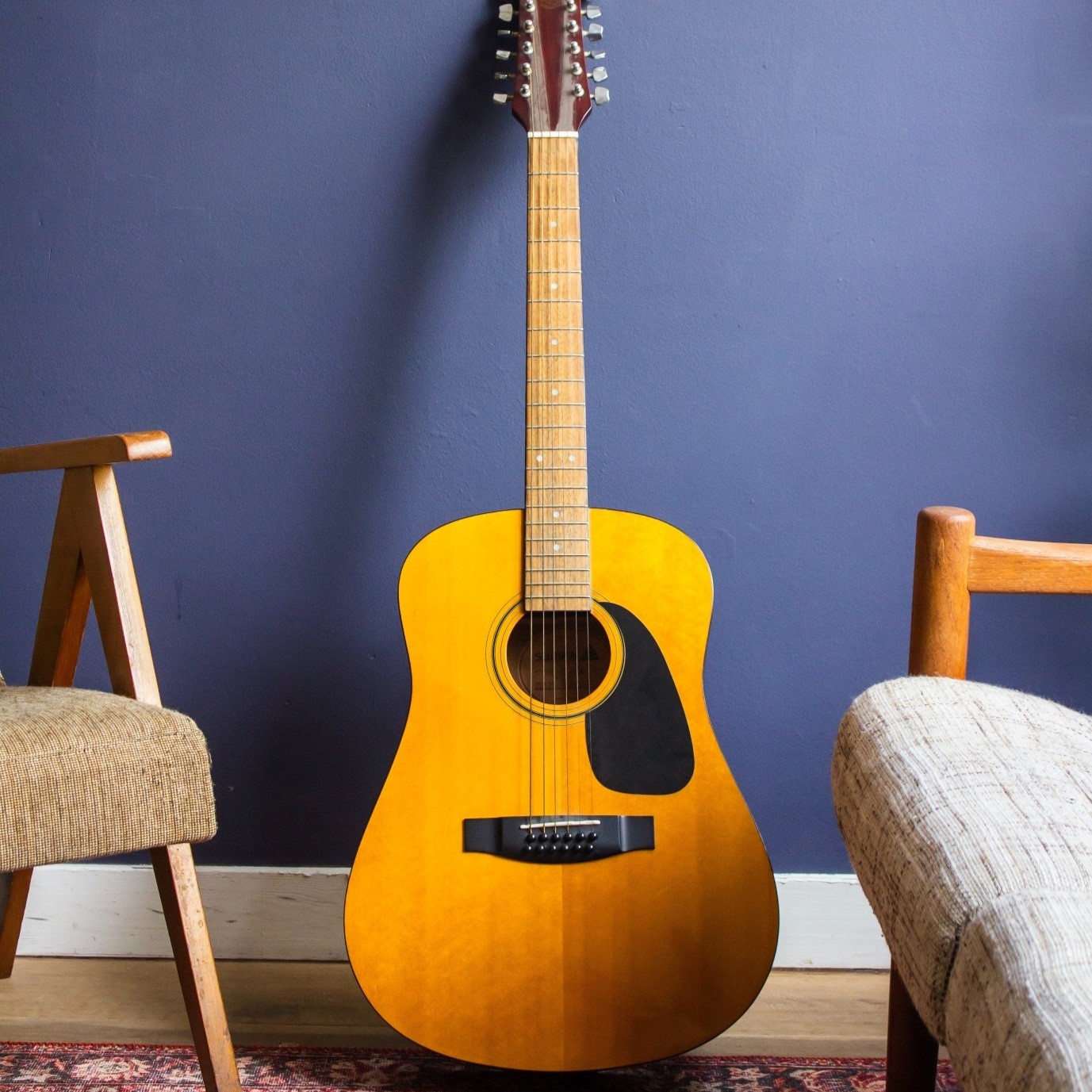
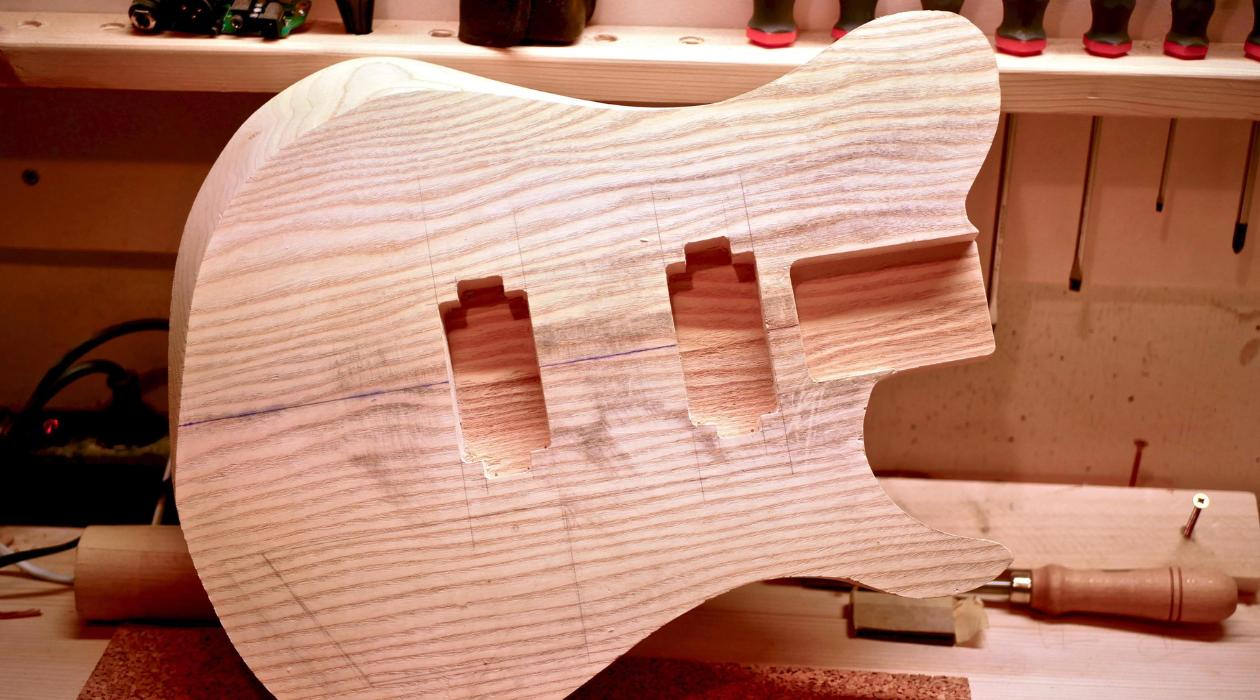
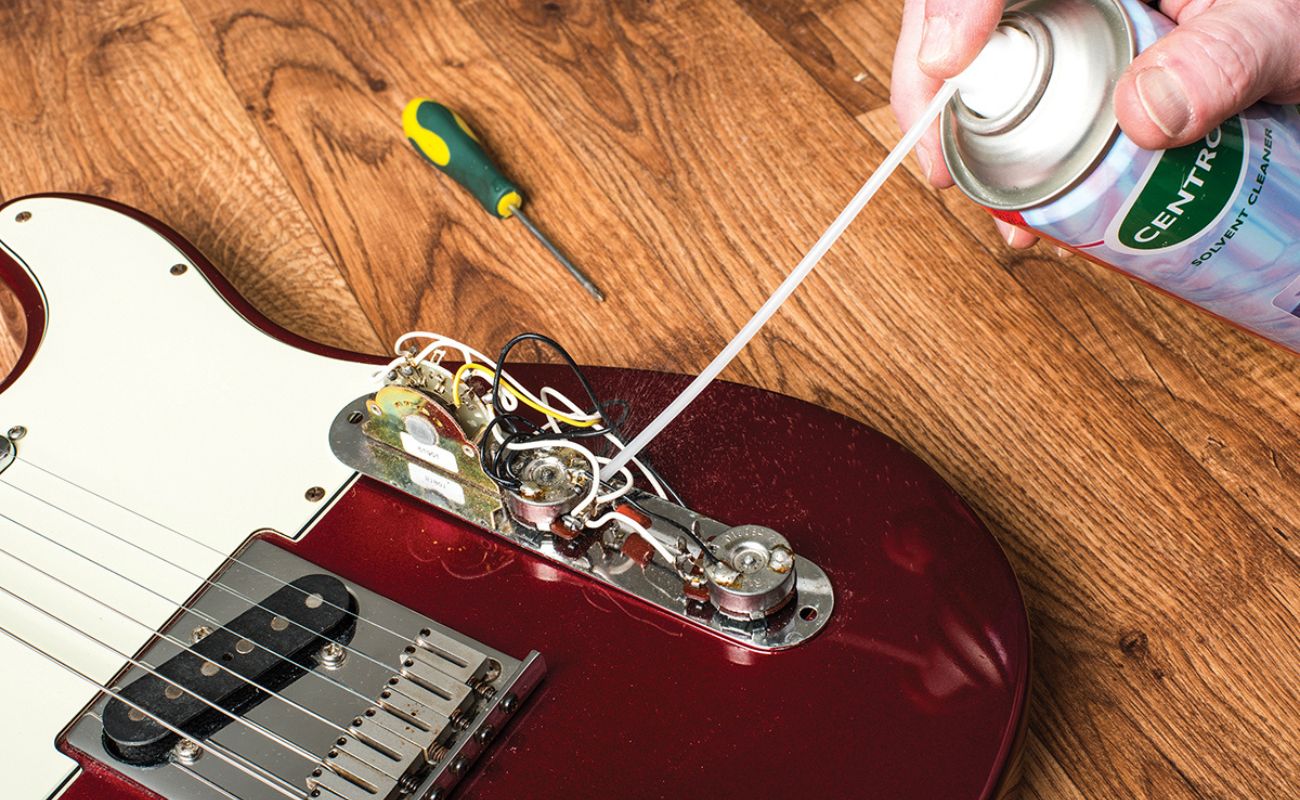

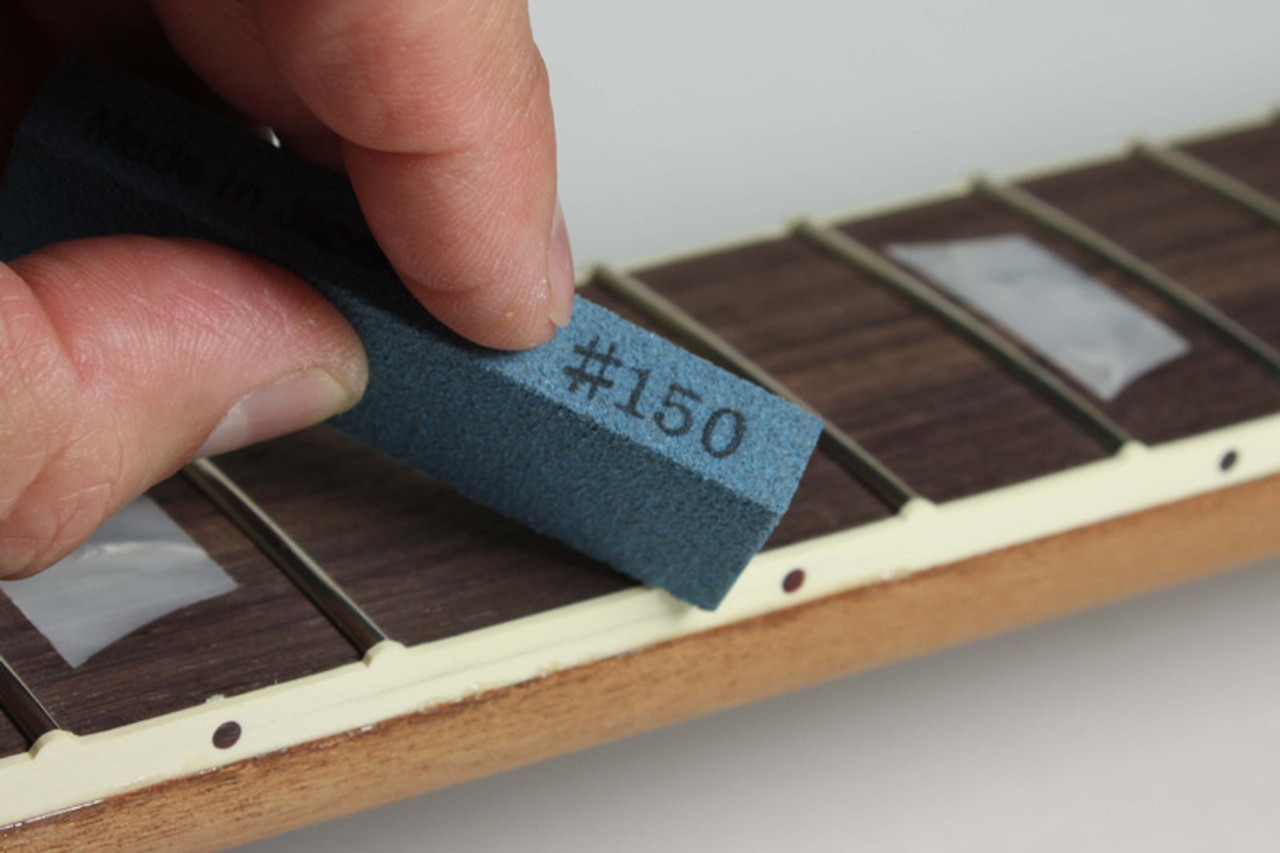
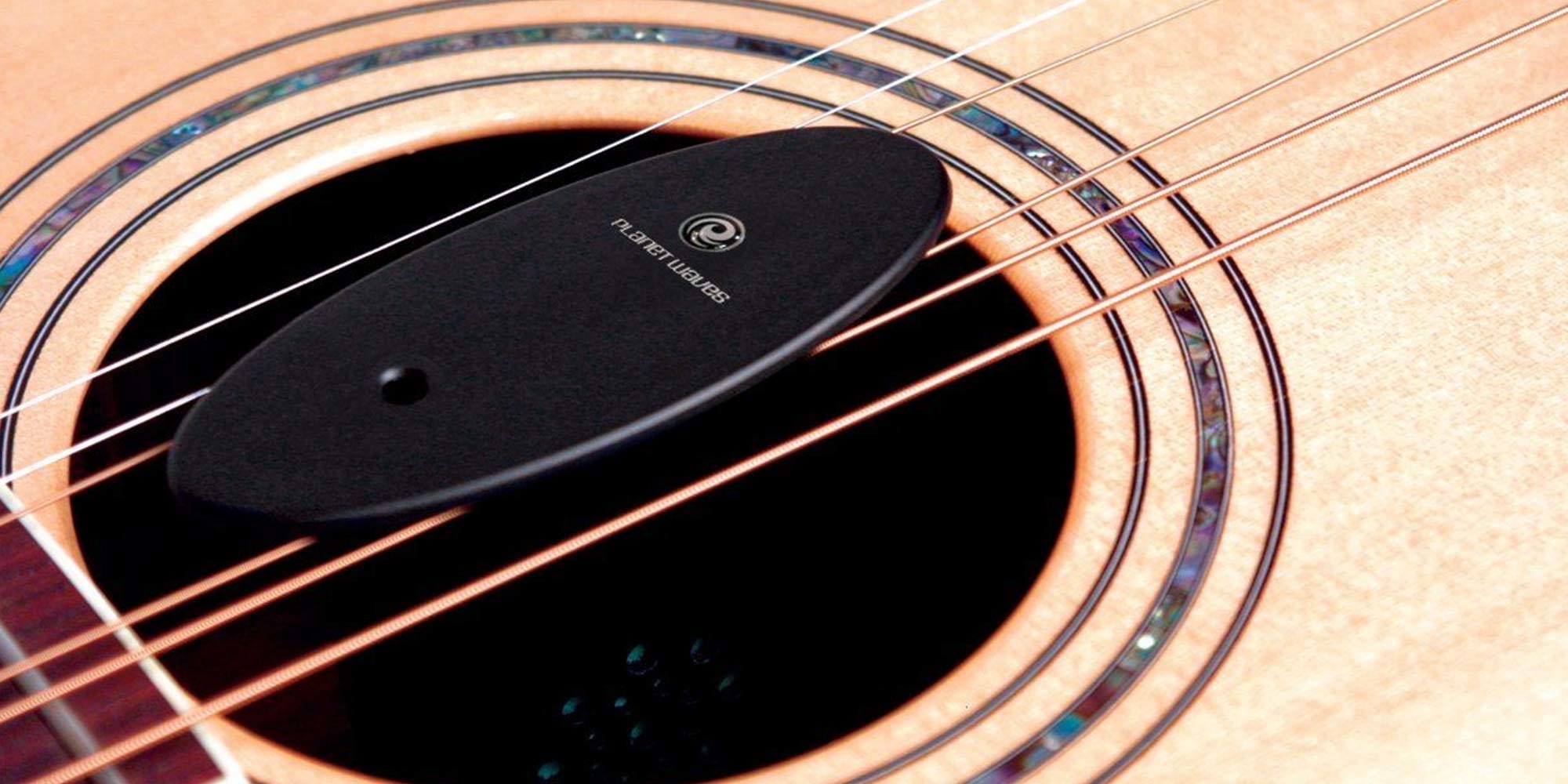
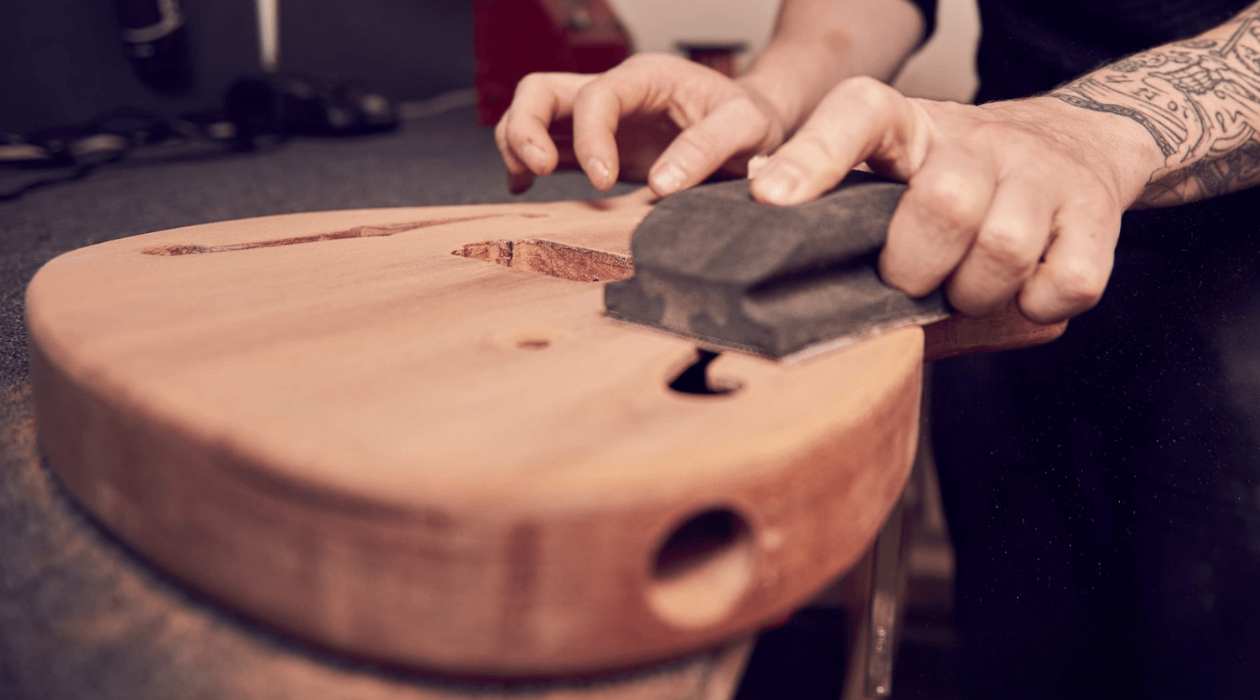


0 thoughts on “How To Store An Electric Guitar”